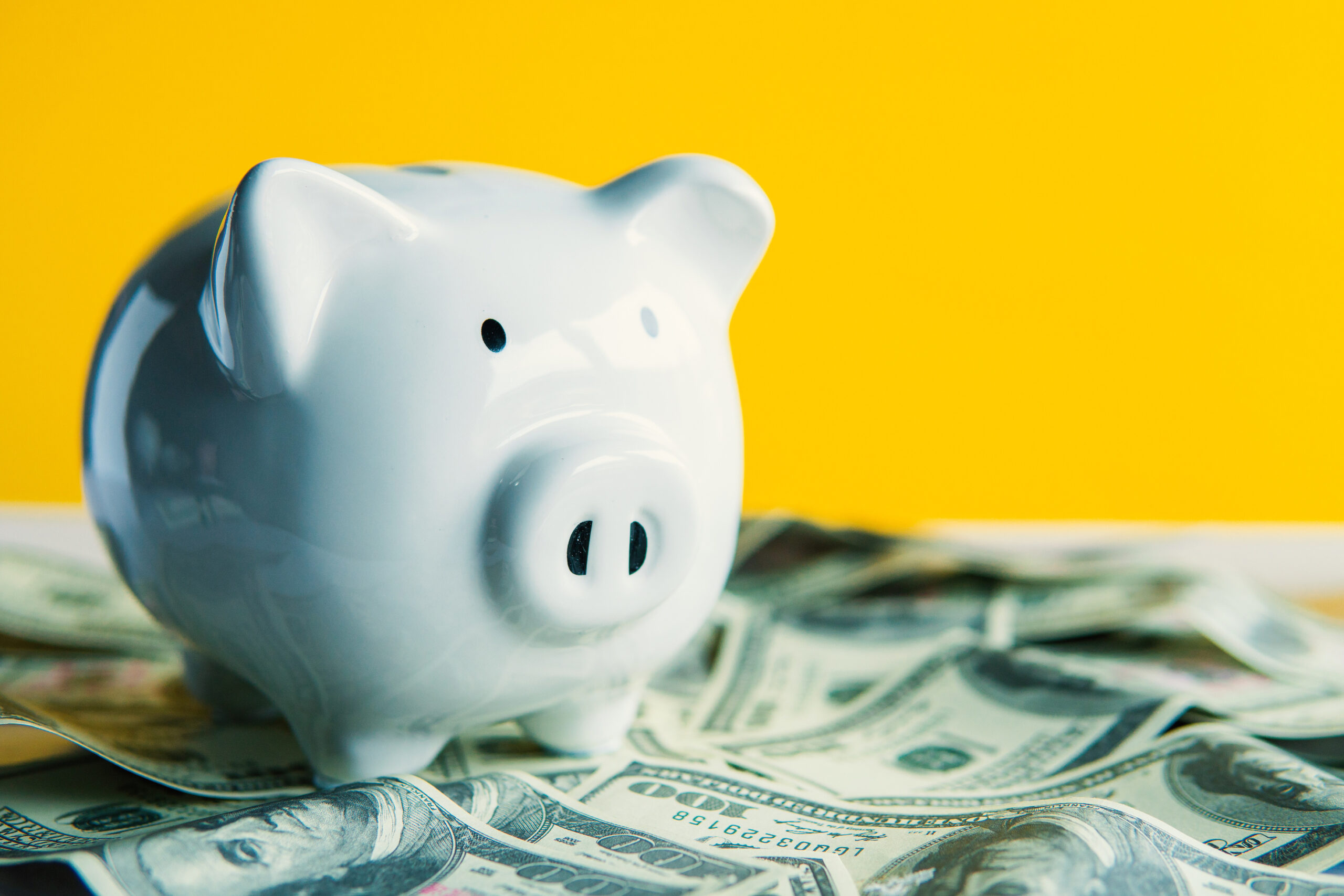 One question we get asked repeatedly is “Why am I paying so much more per gallon than my friend or neighbor?” There is no easy answer, but let’s look at what does affect your price per gallon.
One question we get asked repeatedly is “Why am I paying so much more per gallon than my friend or neighbor?” There is no easy answer, but let’s look at what does affect your price per gallon.
Propane rates vary based upon whether you own or lease your propane tank(s). If you own your own tank, your price per gallon will be the lowest price available. You can shop around for the best price and order propane from any company. For those of you who lease your propane tank, propane prices are based upon your annual usage. When you use additional propane appliances, total consumption, and cost increase but the gallon cost may be reduced. By the same token, if propane use decreased, you will likely pay a higher price per gallon.
The reason propane pricing for leased tanks is based upon consumption is driven from the investment in equipment at your home such as Propane tank(s) and regulator equipment.
Another common question is the price heard in the media. The media uses information from government run sites such as eia.gov and maine.gov who report on the average price per gallon in Maine. These statewide averages are spot cash prices, and not ‘pre-buy’, introductory, or otherwise discounted prices. Average propane prices are 30-day cash/credit prices, based on consumption of at least 900 gallons a year. Households using propane just for cooking or hot water generally pay a higher per gallon price.
There are 6 top factors that affect wholesale pricing prices, which of course, translate into residential propane pricing:
- Crude oil and natural gas prices – LP gas is a byproduct of both crude oil refining and natural gas processing. Approximately 70 percent of the U.S.’s propane comes from natural gas processors, but LP gas competes more closely with the other byproducts of crude oil.
- Proximity of supply – Transportation costs affect wholesale propane prices as well. Distance from supply hubs will add to prices.
- Production – Because propane is a byproduct, the volume of propane made available from crude oil refining and natural gas processing cannot be adjusted when demand or price changes. Most wholesale propane in the United States is produced domestically and a small percentage is also imported by land or sea routes.
- Volumes being exported – To further complicate the overall picture, the U.S. also exports propane, which can reduce the available inventory in the United States at the beginning of the heating season, as it has this year.
- Weather – Demand for propane increases in the winter due to residential, industrial, and agricultural heating. If unexpectedly cold winter weather occurs, particularly early in the heating season, wholesale propane prices are often affected because demand will exceed supply.
Demand in one geographical area affects other areas, so a cold winter in the northeast affects wholesale prices as far away as Texas. Weather can also affect prices when weather events like Hurricane Harvey affect production and storage.
- Cyclical demand periods – Demand varies within industries and residential use, so wholesale propane pricing generally factors all types of demand together. For example, in years with a robust corn harvest when the growing season has been wet and the crop needs a lot of fuel for drying, corn drying demand affects overall demand. As mentioned before, winter heating season generally sees the highest wholesale propane prices resulting from the need for residential heating. Summer sees more demand from petrochemical manufacturers, which are the largest consumers of propane. Petrochemical demand can have significant influence on the price of propane.
If you have more questions on the propane pricing for your home please contact our office for more details.
If you want more information about using propane in Maine, check out Propane 101: Consumer’s Guide